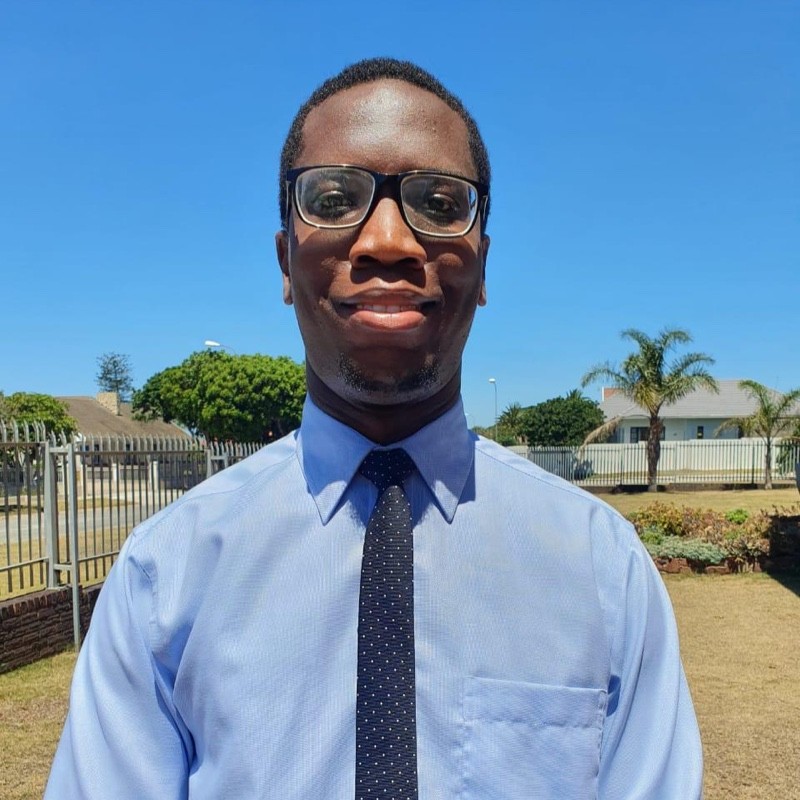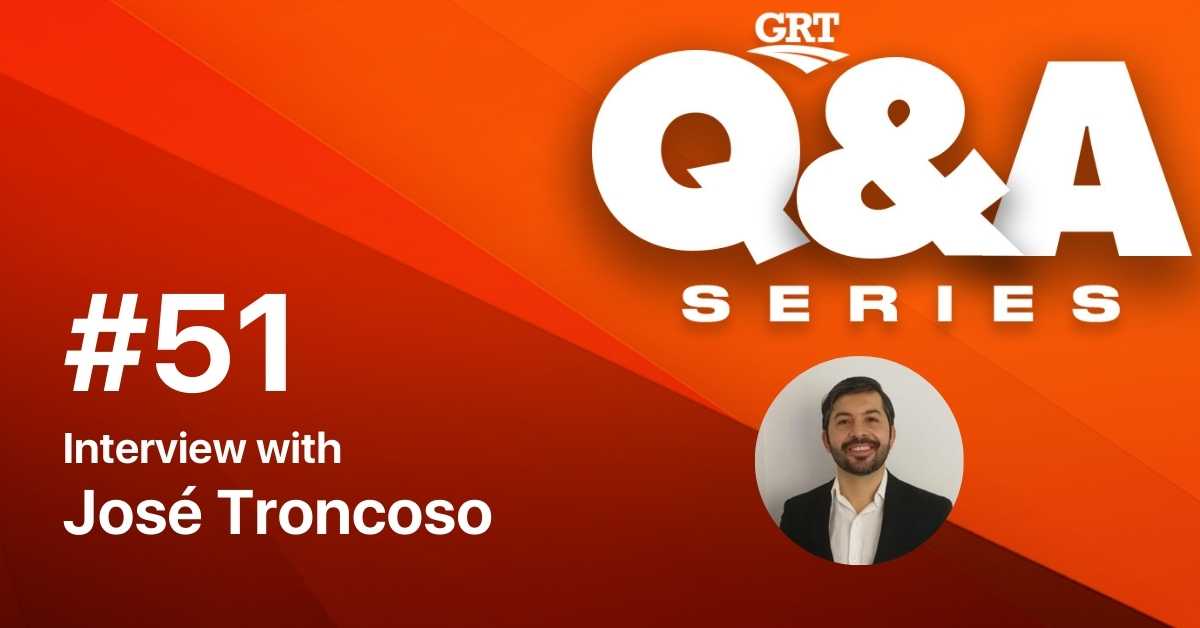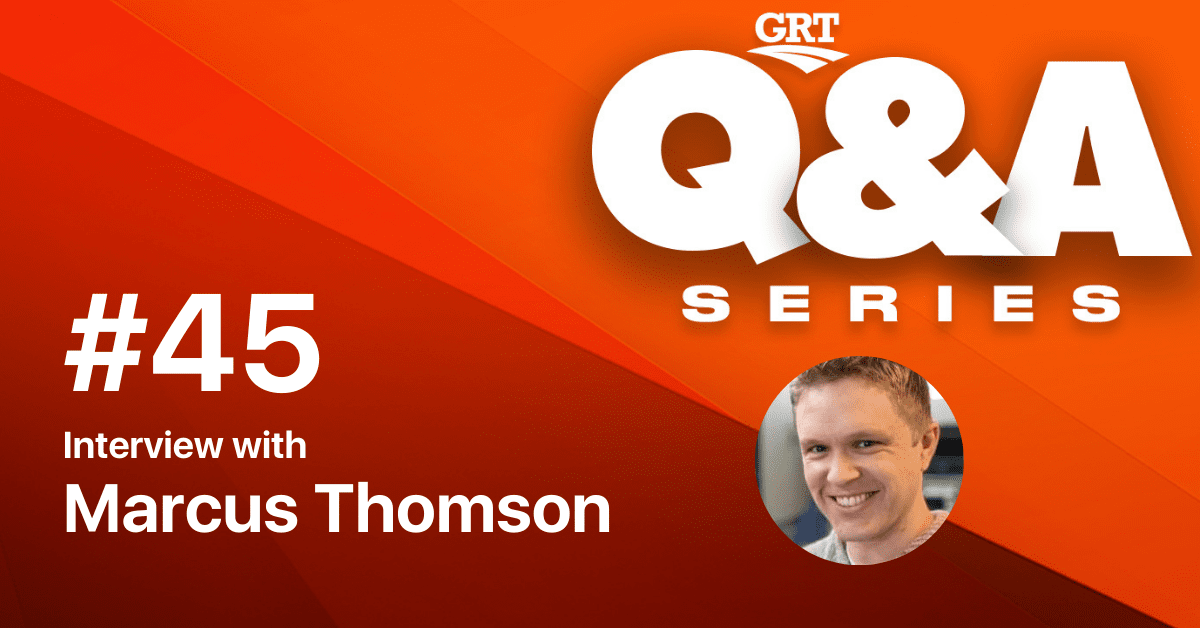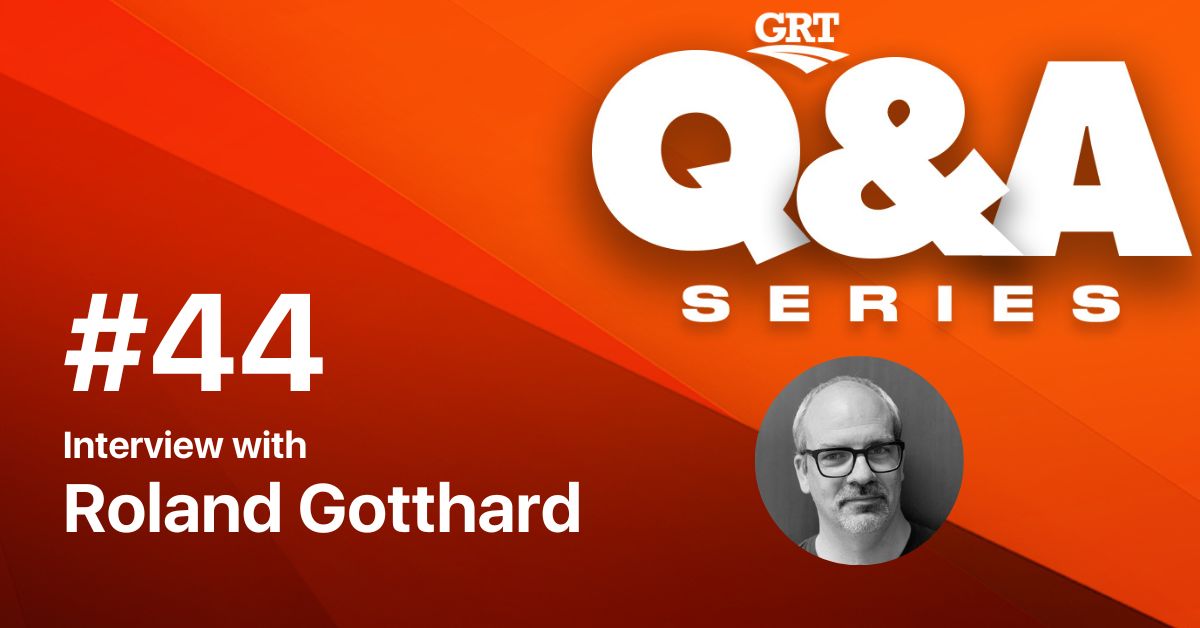Q&A Series #21: Interview with Donna Castro

About the guest
As CEO of PMO Virginia, Donna has served on the National Coal Council Report Committee for the NCC’s Carbon Forward report. She is extremely proud to have been a contributor to the section on REE /Critical minerals. She is contributing author to the Journal of Mines, Metals and Fuels for their annual editions- 2020 and 2021. She has worked closely with top universities on the challenges of separating and extracting critical minerals and rare earth elements from coal fine reserves at our location in Virginia. This endeavour is ongoing and progressing nicely.
Topic of discussion: Critical Minerals and Rare Earth Elements from Coal Reserves.
It is prudent to utilize carbon-reserve feedstock material for Rare Earth Elements (REE) and Critical Mineral (CM) extraction, which is readily available as surface mine material. It requires no disruption to current landscapes and both mitigates and improves ecological and environmental concerns by utilizing the available product and repurposing it.
This would recreate thousands of jobs for the unemployed and revive depressed communities throughout the Appalachian region which is home to some of the richest reserves of rare earth elements and critical metals in the world.
By utilizing carbon reserves in concert with REE and CM, PMO Virginia, LLC believe they have a “win-win” philosophy. PMO Virginia’s primary vision is to add value to carbon by reinvention and by continuing to discover innovative, economic ways to utilize this extremely valuable national treasure .
Their Goals: We are committed to continue researching and helping to clean and rejuvenate the environment in the most beneficial, economical and expeditious methods to extract CMs to help ensure a sustainable, uninterrupted REE & CM supply chain for the U.S.A.
Their Company Ethos: It’s crucial that governments, investors and industry work together in an agnostic policy setting, to achieve the successful deployment of clean carbon technology.
Global Road Technology had the privilege to catch up and talk about Critical Minerals and Rare Earth Elements from Coal with Donna Castro, the CEO and Partner at PMO Virginia, LLC based in Dallas-Fort Worth Metroplex, United States of America.
1. Can you tell us more about the time you served on the National Coal Council Report Committee for the NCC’s Carbon Forward report?
The CARBON FORWARD Report (October 2021) is an Advanced Market Report produced in response to a request from the Secretary of Energy to assess opportunities to produce value-added products from coal. I supported preparation of the report by serving on a working group tasked with contributing input on the report section on rare earth/critical mineral extraction as it relates to coal separation and extraction issues.
The National Coal Council (NCC) was established in 1984 as a Federal Advisory Committee to the U.S. Department of Energy (DOE). Individuals from a diverse set of backgrounds and organizations were appointed to serve on the NCC by the U.S. Secretary of Energy to provide advice and guidance on general policy matters relating to coal policy, technology and markets. In November 2021, DOE elected not to renew the charter of the NCC.
2. What are the advantages of utilizing carbon-reserve feedstock materials for REE (rare earth elements) and CM (critical material)?
Utilizing coal reserves with proven industrial quantities of REE’s and/ or critical minerals as a viable source of mining them has tremendous advantages . In my opinion, this approach is a win/win situation. Following the separation/ extraction process of the CM’s, we can then clean and repurpose these once troublesome reserves and restore them environmentally back to their natural state. In addition, we can also produce a multitude of other materials ( see the NCC’s CARBON FORWARD report ).
I believe this is an approach that will help to secure our own uninterrupted U.S. supply chain of C/M which may be contained in many of these reserves. The (DOE/NETL), has been involved in this endeavour since 2014. In order to make U.S. REE/CM production economically feasible, continued improvement of safe, environmentally friendly separation & extraction technology is critical.
The pathway toward economic recovery of REEs from coal and coal by-products, requires:
- Continue identification of domestic sources of coal and coal by-products with the highest known concentration of REEs. These are most often found in coal ponds or reserves found in the Appalachian regions.
- Continued research to better understand the form and structure of REEs/ CM’s in coal and coal by-products. This will support the design of alternative separation technologies.
- Design, development, and testing of alternative separation technologies to recover mixed REEs from coal and coal byproducts for downstream processing and purification of individual elements by REE refineries.
3. How is PMO Virginia adding value to carbon and what is their “win-win” philosophy?
PMO is pleased to have been selected as a sponsor and collaborator of the Vibrant Virginia program working with Professor Wencai Zhang this year on a unique project involving our coal feedstock for the continued research of extraction and separation of critical minerals and rare earth elements from coal reserves.
The project will develop alternative uses of coal in two ways: by recovering critical elements from the mineral matter of coal, such as rare earths, vanadium, scandium and lithium and by using that coal to create high value carbon/ low ash products such as activated carbon and others. In addition, PMO has been honoured to be working with Penn State Professor Sarma Pisupati at his Coal Utilization Lab on similar matters concerning separation/ extraction methodologies.
4. Is phasing out coal as easy as world leaders and policy makers perceive it to be?
According to the World Coal Association, along with most of the developing world, we believe that “phasing-out” coal is not a sensible, or realistic option, when so many people and economies still depend on coal for economic progress, and where clean coal technologies currently exist to decarbonise coal.
For that reason, responsible coal participants continue to advocate for the “phasing-in” of clean coal technologies such as Carbon Capture and Storage (CCS) and Coal to Hydrogen, which are proven and in deployment, albeit not quickly enough. This is clearly not easy in a world where anti-coal sentiment runs high, and the “Coal IQ” remains low.
I believe our global role should be to better demonstrate and communicate the wider attributes of coal and its importance in delivering fundamental Sustainable Development Goals (SDGs) such as the alleviation of poverty and hunger, alongside its ability to transform, through clean technology, and be part of the sustainable, net zero emission future we all seek.
5. What is the role of clean carbon technologies in achieving net zero carbon emissions and can collaboration boost innovation in this space?
Clean carbon technologies, and clean coal technologies in particular, have been identified as essential to meeting Paris Climate Change Goals. In particular, Carbon Capture and Storage (CCS) has been ratified by the Intergovernmental Panel on Climate Change (IPCC) and the International Energy Agency (IEA) as pivotal to reaching Paris climate change targets. WCC states that the IEA estimates that 12 per cent of cumulative emission reductions to 2050 must come from CCS and the IPCC, in its Fifth Assessment, concludes that achieving a 2-degree celcius goal will be 138 per cent more expensive without CCS (therefore unlikely if not impossible, without it).
According to the World Coal Council, collaboration can, will and must boost collaboration in this space. Collaboration is the single-most important component in driving clean technology deployment; collaboration between responsible coal participants along the whole coal value chain, governments, economic organisations, investors and climate science. Clean coal development requires policy settings like North America’s 45Q to encourage clean technology investment.
Collaboration is the reason why the WCA is building partnerships with organisations such as The ASEAN Centre Energy in Indonesia to facilitate clean coal technology research across South East Asia, and the Russian Federation’s Centre of Sectoral Research and Consulting (CSRC) in Moscow, to further clean coal studies in Russia.
6. What challenges are faced in the adoption of cleaner coal for an energy-hungry world?
Our greatest challenge is to convince leaders, decision-makers and climate influencers that coal is a vital part of the climate change solution through partnership not prejudice. There is a gaping lack of knowledge about coal’s clean role in an energy hungry world – especially as a building block to modernisation, providing 90 per cent of the world’s cement, 70 per cent of global steel and 61 per cent of aluminium.
It continues to face pressure from constituencies which believe coal is a competitor to renewables when in fact, it is a partner, providing stable, grid-based electricity when the wind and sun cannot perform at full pique. As well, coal also provides the base products in steel which deliver renewables infrastructure such as wind turbines. “Brand Coal” must convince these stakeholders, and the wider world, that climate change cannot be addressed by a “one size fits all” solution!
Every country has unique fuel options at their disposal – renewables, coal, gas, nuclear, hydro and numerous others – and they must be allowed, indeed encouraged, to use these energy resources in the best way possible. They must be allowed to conduct their own reality checks and choose the energy pathways which best meet their economic, social and environmental needs.
According to the WWC., “Almost every country on earth is committed to decarbonisation but their ability to reach “Paris”, and a net zero emission future, will be met differently and at different times because countries, economies and societies differ. This is about practicality not popularism.” As simple as it seems, the greatest challenge is to separate reality from dogma. I am confident that with time, tenacity, and collective effort we can get there, but it will take time.
7. Moving forward, how important is research in developing green extraction of critical minerals and rare earth elements from coal reserves?
Crucial . We are making huge progress and there are many like-minded experts who agree as well. With the continued enthusiasm currently seen in the private investment world, I see big things happening.
Find out more about CMs and REE from coal reserves: www.pmovirginia.com

Keith Nare
Technical Head of Communications for GRT, Keith leads GRT's content strategy across various platforms, whilst coordinating internally to build the voice and opinions of the GRT team. Keith is a product of Nelson Mandela University and his PhD work focuses on Polymer and Physical Chemistry. He was a Research Associate at SANRAL in South Africa and later spent time as a Visiting Research Associate to NTEC at the University of Nottingham in the UK. He is a former Director of Communications for CALROBO in the USA.
Keith is passionate and enthusiastic about health and safety, sustainability, networking and finding synergy through conversations.
Related Interviews
MORE INDUSTRY ARTICLES
Nothing found.









